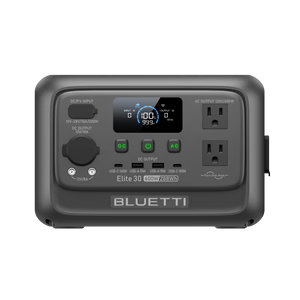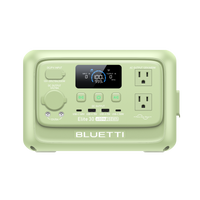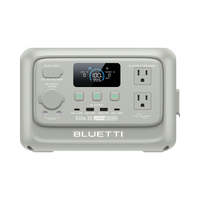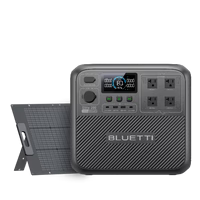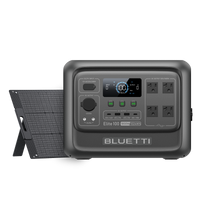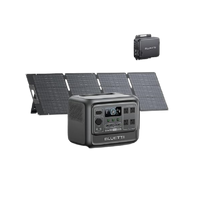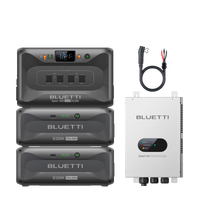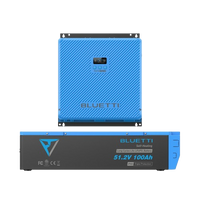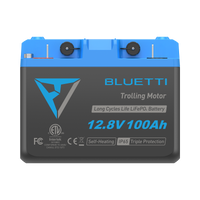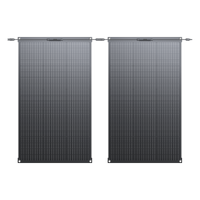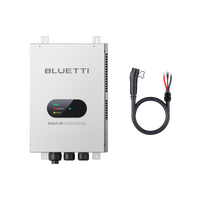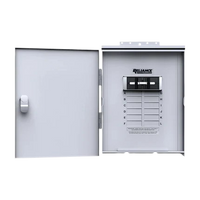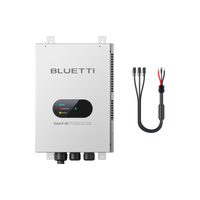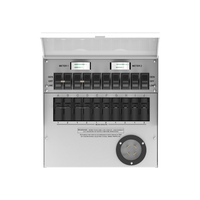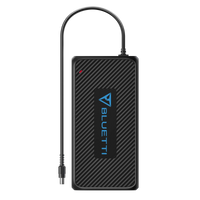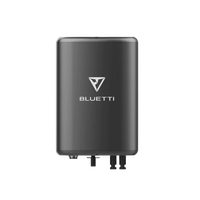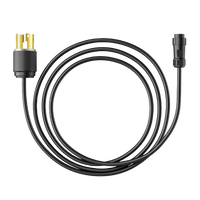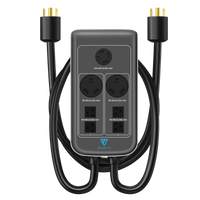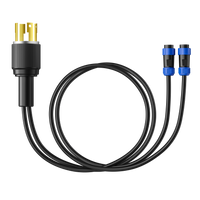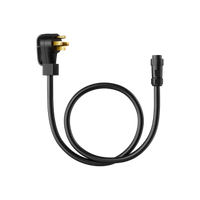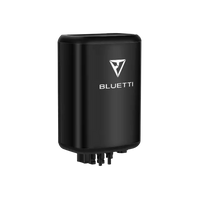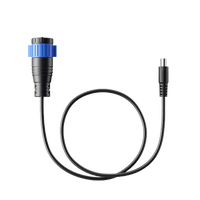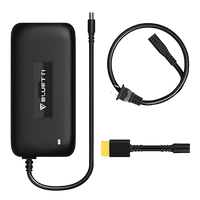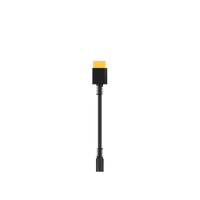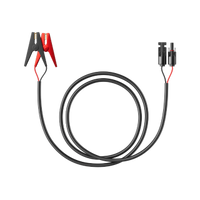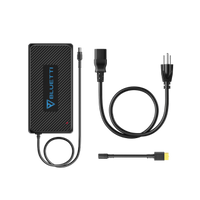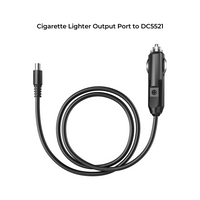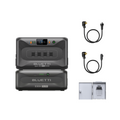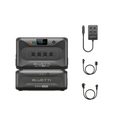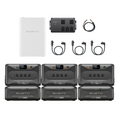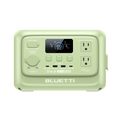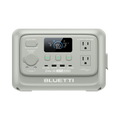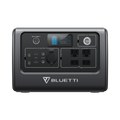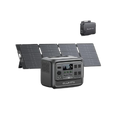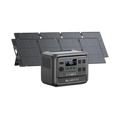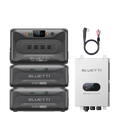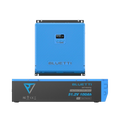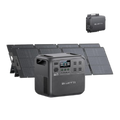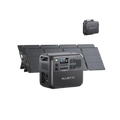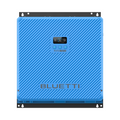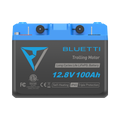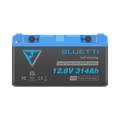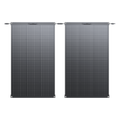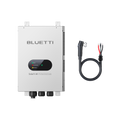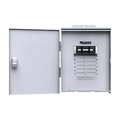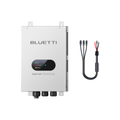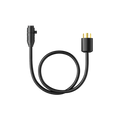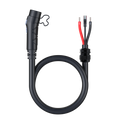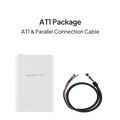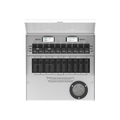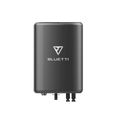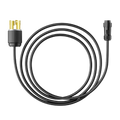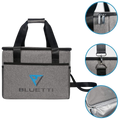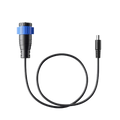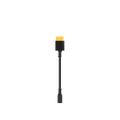À l'instar de la révolution du smartphone il y a quelques années, l'énergie solaire suscite un vif intérêt et un grand enthousiasme. Une question revient souvent : combien de panneaux solaires une maison canadienne typique pourrait-elle installer ? Cet article tentera d'y répondre en tenant compte de facteurs tels que les besoins énergétiques, la superficie du toit et l'ensoleillement. Notre objectif est d'estimer le nombre moyen de panneaux solaires nécessaires pour un foyer canadien. Bien que l'estimation se situe entre 17 et 21 panneaux, nous nous engageons à vous fournir une vue d'ensemble pour vous accompagner dans votre transition vers un mode de vie plus durable.
De combien d'énergie solaire avez-vous besoin ?
Pour déterminer la quantité d'énergie solaire nécessaire à votre maison, consultez vos anciennes factures d'énergie. Celles-ci indiqueront votre consommation moyenne en kWh. Le nombre de panneaux solaires à installer se calcule en multipliant vos besoins énergétiques horaires par le nombre d'heures d'ensoleillement maximal dans votre région, puis en divisant le résultat par la puissance (en watts) d'un panneau solaire. Par exemple, si l'on considère un panneau de faible puissance (150 W) et un panneau de forte puissance (370 W), il vous faudra entre 17 et 42 panneaux pour produire 11 000 kWh/an. Tenez compte de la surface de votre toit et de son ensoleillement : ces deux facteurs sont essentiels pour dimensionner correctement vos capteurs.
Facteurs déterminant le nombre de panneaux solaires nécessaires

Le nombre optimal de capteurs solaires pour votre maison dépend de chaque situation. Il est influencé par plusieurs facteurs, tels que l'ensoleillement de votre région, votre consommation d'énergie, la taille et la puissance des panneaux, ainsi que la surface de votre toit.
-
Consommation d'électricité
La consommation énergétique de votre logement est un facteur clé. Elle est évaluée en kilowattheures (kWh), l'unité d'énergie indiquée sur votre facture. Par exemple, un foyer consommant 900 kWh par mois et bénéficiant en moyenne de cinq heures d'ensoleillement maximal par jour aura besoin de davantage de panneaux solaires qu'un foyer consommant 400 kWh par mois.
-
efficacité énergétique
Les maisons équipées de dispositifs permettant d'économiser l'énergie, tels que des ampoules LED, des appareils électroménagers économes en énergie et une isolation adéquate, nécessiteraient moins de panneaux solaires qu'une maison beaucoup moins performante de même taille.
-
Dimensions des panneaux solaires
La taille moyenne d'un panneau solaire pour une maison est estimée à environ 65 x 39 pouces, mais elle peut varier. Les toitures compactes ou non standard nécessitent de prendre en compte le nombre et les dimensions des panneaux solaires, qui sont désormais des facteurs essentiels.
-
Puissance du panneau solaire
Bien que les systèmes solaires puissent se ressembler, du moins au départ, leur puissance (en watts) peut varier considérablement, ce qui représente une mesure de la production électrique. La plupart des panneaux solaires disponibles sur le marché fonctionnant entre 250 et 400 watts, il est essentiel pour les clients de vérifier cette puissance afin de s'assurer que le panneau choisi fournira l'énergie nécessaire au projet envisagé.
-
Ratios de production
Le coefficient de productivité énergétique d'un système de panneaux solaires est calculé en comparant la quantité d'énergie produite par kilowatt (kW) à la puissance du système en watts (W) sur une période donnée. L'ensoleillement du toit pouvant varier au cours de l'année, la taille du système solaire doit être adaptée pour assurer une production d'énergie optimale.
-
Lumière du soleil et climat
Le climat de votre région détermine le nombre d'heures d'ensoleillement et la production d'énergie de vos panneaux solaires. Si la région connaît une luminosité réduite et un ensoleillement irrégulier, vous devrez vous équiper de panneaux solaires supplémentaires.
-
Taille de la maison
La taille de votre maison est un facteur important qui détermine la puissance (en kilowatts) nécessaire à vos panneaux solaires. La consommation électrique d'une maison de 140 m² est estimée à 630 kWh. En revanche, une maison de 280 m² aura une facture d'électricité plus élevée et nécessitera 1 200 kWh par mois, soit le double.
-
Budget
À l'échelle nationale, le prix moyen des panneaux solaires s'élève à 16 000 $. Certains modèles peuvent être très coûteux et atteindre 35 000 $. Cependant, le prix des panneaux n'est pas le seul élément à prendre en compte. Il faut également considérer le coût des équipements supplémentaires, comme les batteries qui stockent l'énergie pendant la saison des pluies, ainsi que les frais d'entretien. Ces coûts supplémentaires peuvent faire grimper la facture.
Comment calculer le nombre de panneaux solaires nécessaires

Pour estimer le nombre de capteurs nécessaires, il faut prendre en compte trois facteurs clés : votre consommation mensuelle d’électricité, la durée moyenne d’ensoleillement et la puissance (en watts) du panneau solaire.
Qu'est-ce que cela implique ?
Étape 1 : Identifiez votre consommation d'électricité.
La quantité d'électricité consommée (en kWh) indiquée sur votre facture correspond précisément au nombre de panneaux solaires à installer. Plus votre consommation est élevée, plus vos panneaux solaires doivent être grands.
Étape 2 : Assurez-vous de bénéficier de la lumière du soleil.
L'ensoleillement de votre maison influence sans aucun doute le nombre de panneaux solaires à installer. Les maisons situées dans des régions ensoleillées nécessitent moins de panneaux que celles situées dans des zones moins ensoleillées. L'intensité de l'ensoleillement se mesure en nombre d'heures d'ensoleillement maximal : jusqu'à 210 heures par mois pour les régions les plus ensoleillées et 135 heures pour les régions les plus nuageuses.
Étape 3 : Estimer la capacité du système de panneaux solaires.
Maîtriser le calcul de votre consommation électrique et de votre production d'électricité solaire vous permettra de déterminer la puissance (en kW) nécessaire pour votre installation solaire. Divisez votre consommation électrique domestique par le nombre total d'heures d'ensoleillement maximal par mois pour obtenir la puissance adéquate. Les panneaux solaires actuels ont généralement une puissance d'environ 400 W (0,40 kW). Veillez à convertir la puissance du panneau en kilowatts (kW) en divisant la puissance en watts par 1000.
Étape 4 : Commencez par déterminer le nombre de panneaux solaires.
Ensuite, divisez la surface du système solaire par la puissance de sortie des panneaux solaires pour déterminer le nombre exact de panneaux à installer. Un panneau solaire plus puissant nécessitera moins de panneaux.
Batteries domestiques pour panneaux solaires
BLUETTI AC300 + 2*B300 Batterie domestique

Proposé à 6 198,00 $ CA, ce système performant répond aux besoins en énergie solaire de votre maison. Il est équipé d'un onduleur à onde sinusoïdale pure de 3 000 W CA avec une capacité de surtension de 6 000 W. De plus, le système de 3 072 Wh peut être étendu jusqu'à 12 288 Wh en ajoutant quatre modules B300. Enfin, avec plus de 3 500 cycles de charge/décharge à 80 %, la batterie LiFePO4 offre une longue durée de vie et une grande robustesse.
Ses principales caractéristiques comprennent la liaison monophasée 240 V ainsi qu'une alimentation de secours domestique UPS 24h/24 et 7j/7.De plus, grâce à ses sept modes de recharge (secteur, solaire, voiture, générateur, batterie au plomb, double secteur et secteur + solaire), il offre une grande flexibilité. Cette flexibilité inclut également une puissance d'entrée solaire jusqu'à 2 400 W et une capacité de charge rapide double de 5 400 W (solaire + secteur).
Batterie domestique AC500 + B300S

Ce groupe électrogène, d'une valeur de 5 699,00 $, offre une puissance continue de 5 000 W et une puissance de pointe pouvant atteindre 10 000 W. Sa capacité de batterie est modulable de 3 072 Wh à 18 432 Wh. La batterie lithium-ion phosphate (LiFePO₄) garantit plus de 3 500 cycles de charge à 80 %. Enfin, ce dispositif est pilotable via une application mobile intelligente et dispose d'une connexion Wi-Fi. &et connexion Bluetooth. Ce système propose également un système monophasé 240 V/10 kW avec une puissance maximale de 36,8 kWh.
Il offre six options de recharge : secteur, solaire, voiture, générateur, batterie au plomb et double recharge (secteur/secteur + solaire). Autre atout majeur : ses 16 prises polyvalentes, compatibles avec la quasi-totalité des appareils. Il intègre également une fonction d’alimentation de secours domestique (UPS) 24 h/24 et 7 j/7. Enfin, sa garantie de 4 ans vous assure une fiabilité à long terme.
Les panneaux solaires peuvent-ils alimenter toute votre maison ?
Oui, techniquement, les panneaux solaires peuvent couvrir l'intégralité des besoins en électricité d'une maison, mais c'est un peu plus complexe qu'il n'y paraît. Contrairement aux systèmes énergétiques traditionnels, les panneaux solaires fonctionnent en fournissant de l'électricité à votre maison principalement pendant la journée, tant qu'il y a du soleil. La nuit, la plupart des maisons sont alimentées par le réseau électrique. Dès lors, la question est de savoir comment l'électricité solaire se répercute sur votre facture d'électricité.
De nombreuses entreprises de services publics proposent des programmes permettant aux foyers équipés de panneaux solaires de réinjecter leur surplus d'énergie dans le réseau pendant la journée. En guise de compensation, ces entreprises accordent aux propriétaires de maisons équipées de panneaux solaires un crédit sur leur facture, qui couvre l'électricité du réseau consommée ultérieurement. Ce système, appelé comptage net, peut générer des crédits d'une valeur supérieure au tarif de détail.
Souvent, les installateurs conçoivent un système qui produit juste assez d'énergie pour couvrir vos besoins quotidiens en électricité à midi. Vous bénéficiez ainsi de crédits pour compenser vos factures d'électricité du soir. Si votre objectif est d'alimenter votre maison à 100 % grâce à l'énergie solaire, vous devriez également prévoir un système de stockage d'énergie solaire. Ce dispositif permet de stocker l'énergie solaire produite pendant la journée pour une utilisation ultérieure.
Réflexions finales
En résumé, l'installation de panneaux solaires peut s'avérer un choix financier judicieux pour les propriétaires, sous certaines conditions. Toutefois, en raison des coûts initiaux très élevés, cette solution peut ne pas être rentable pour ceux qui ne sont pas propriétaires ou qui ne bénéficient pas du système de comptage net ni des réductions d'impôt liées à l'énergie solaire. Il est donc essentiel de prendre en compte ces différents facteurs avant d'opter pour l'énergie solaire.






